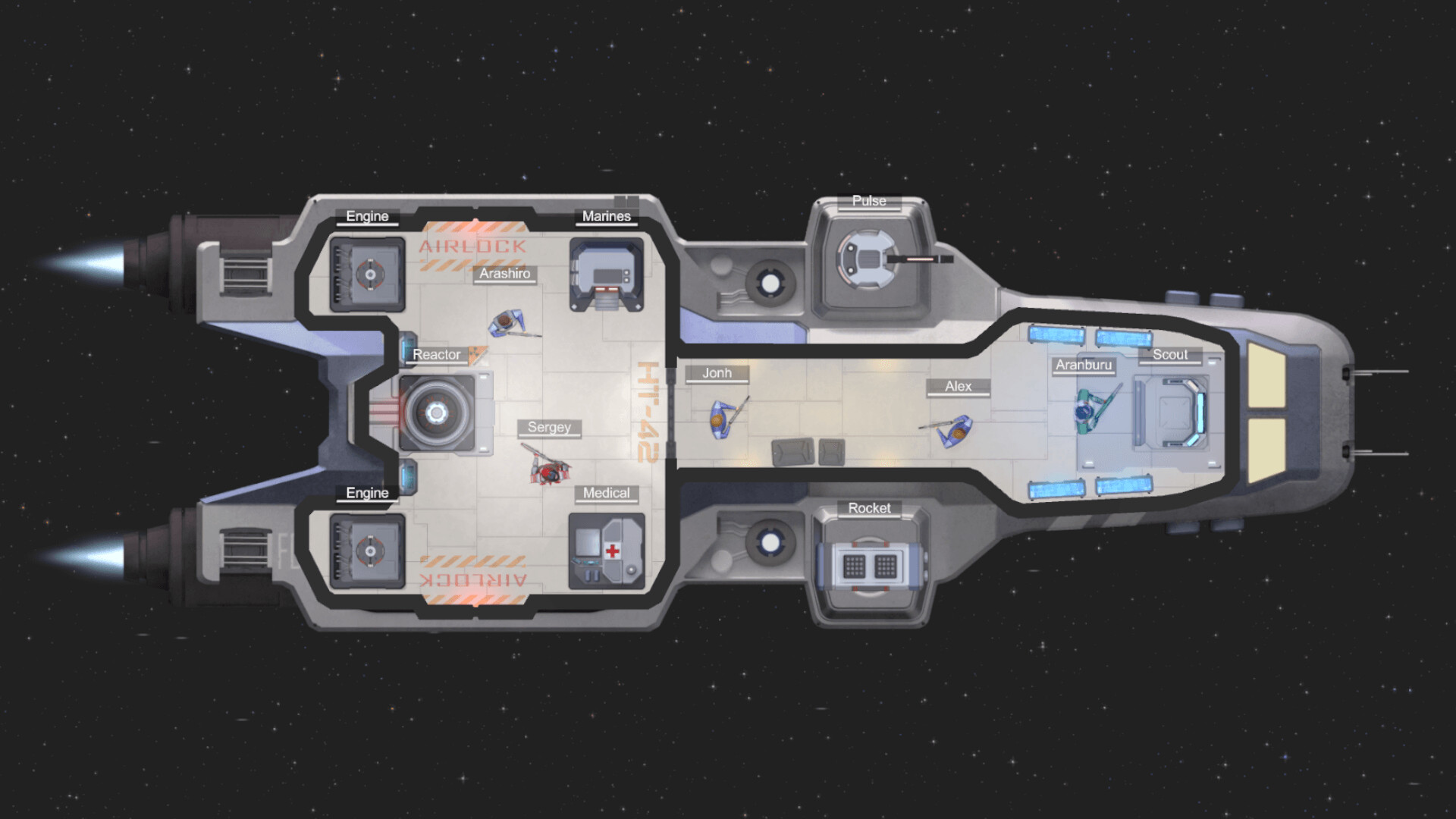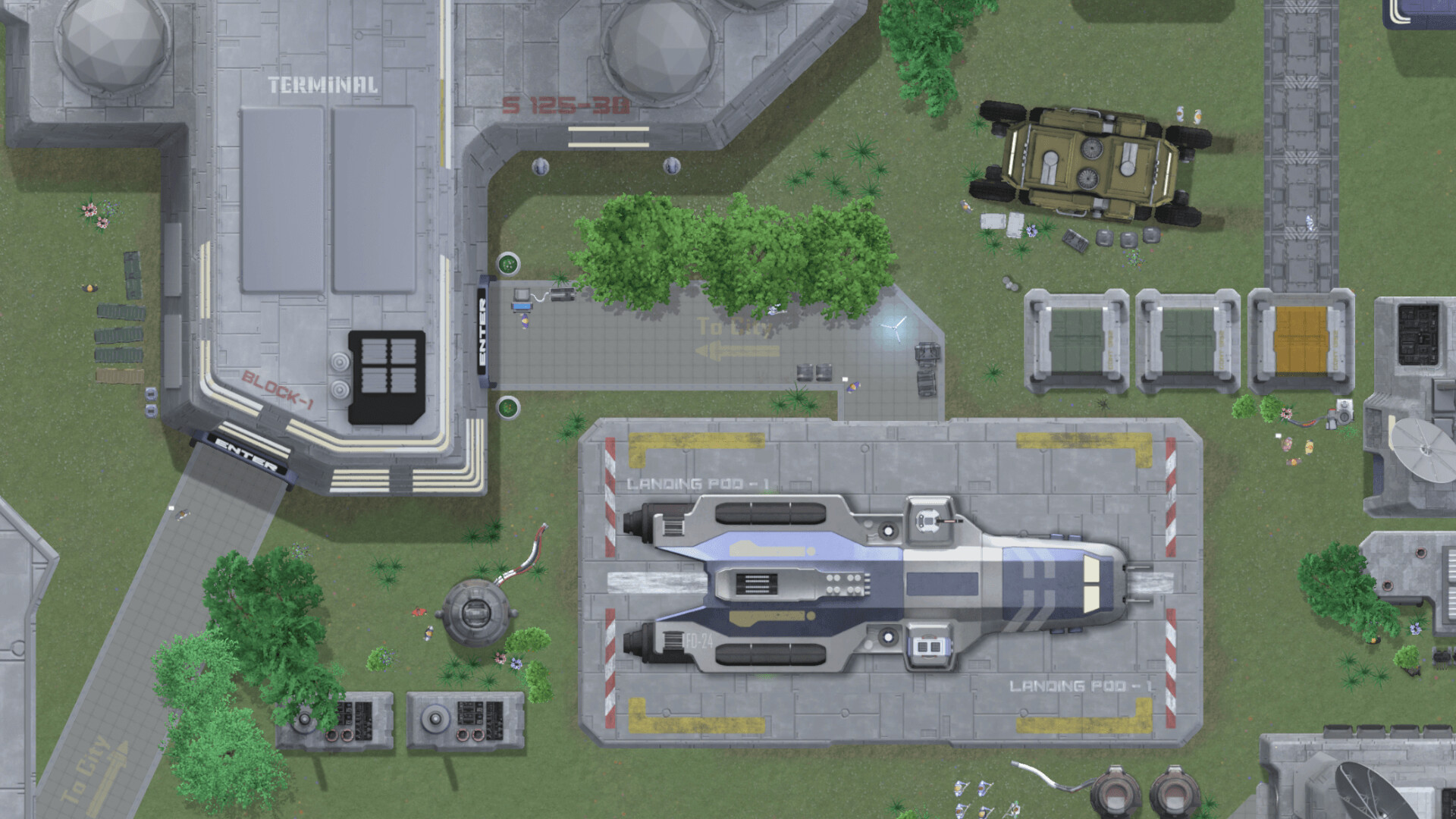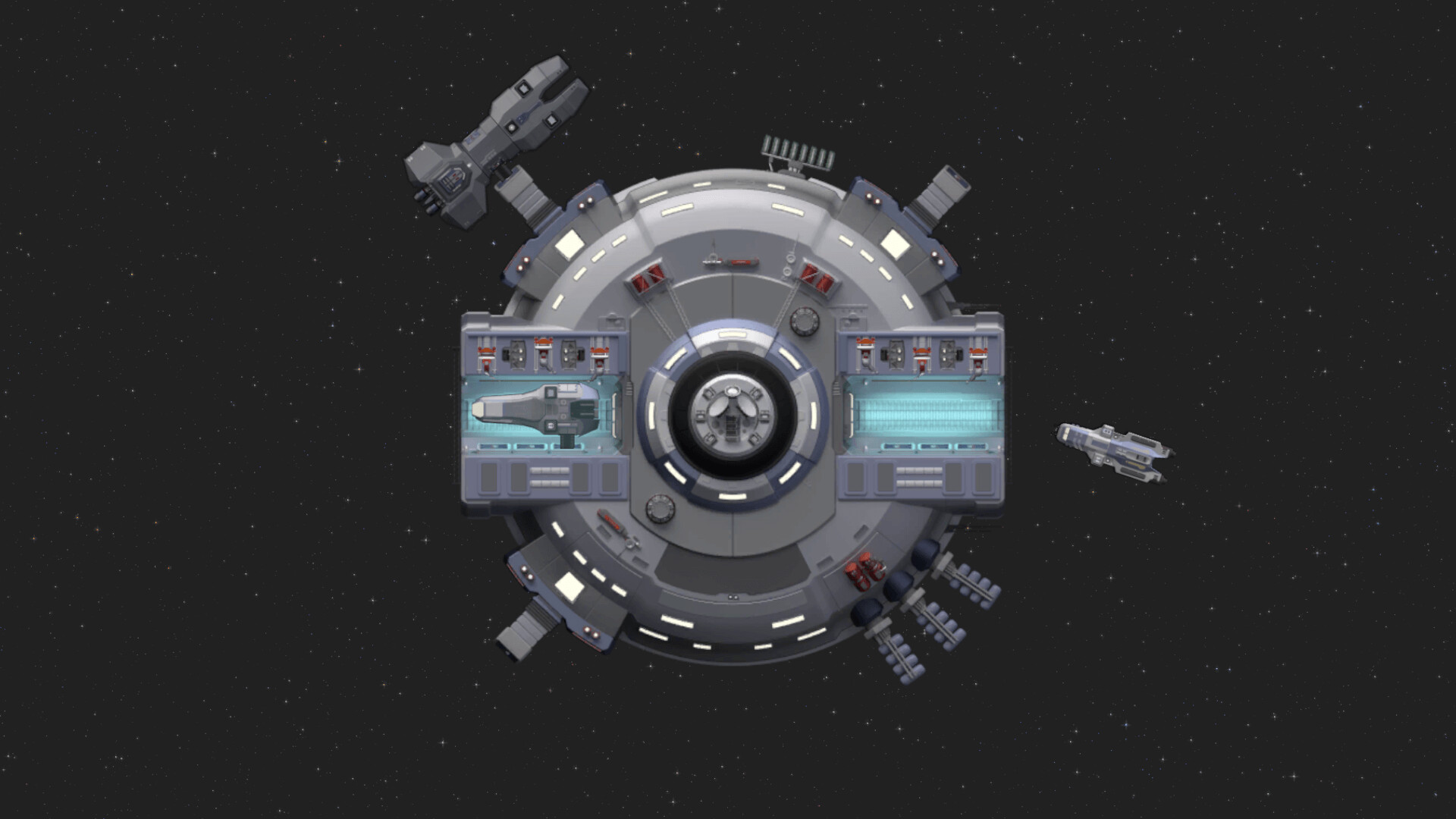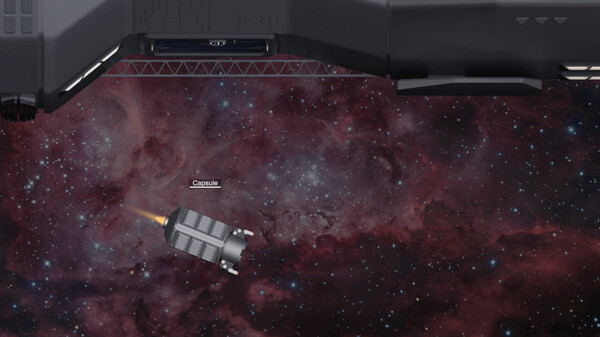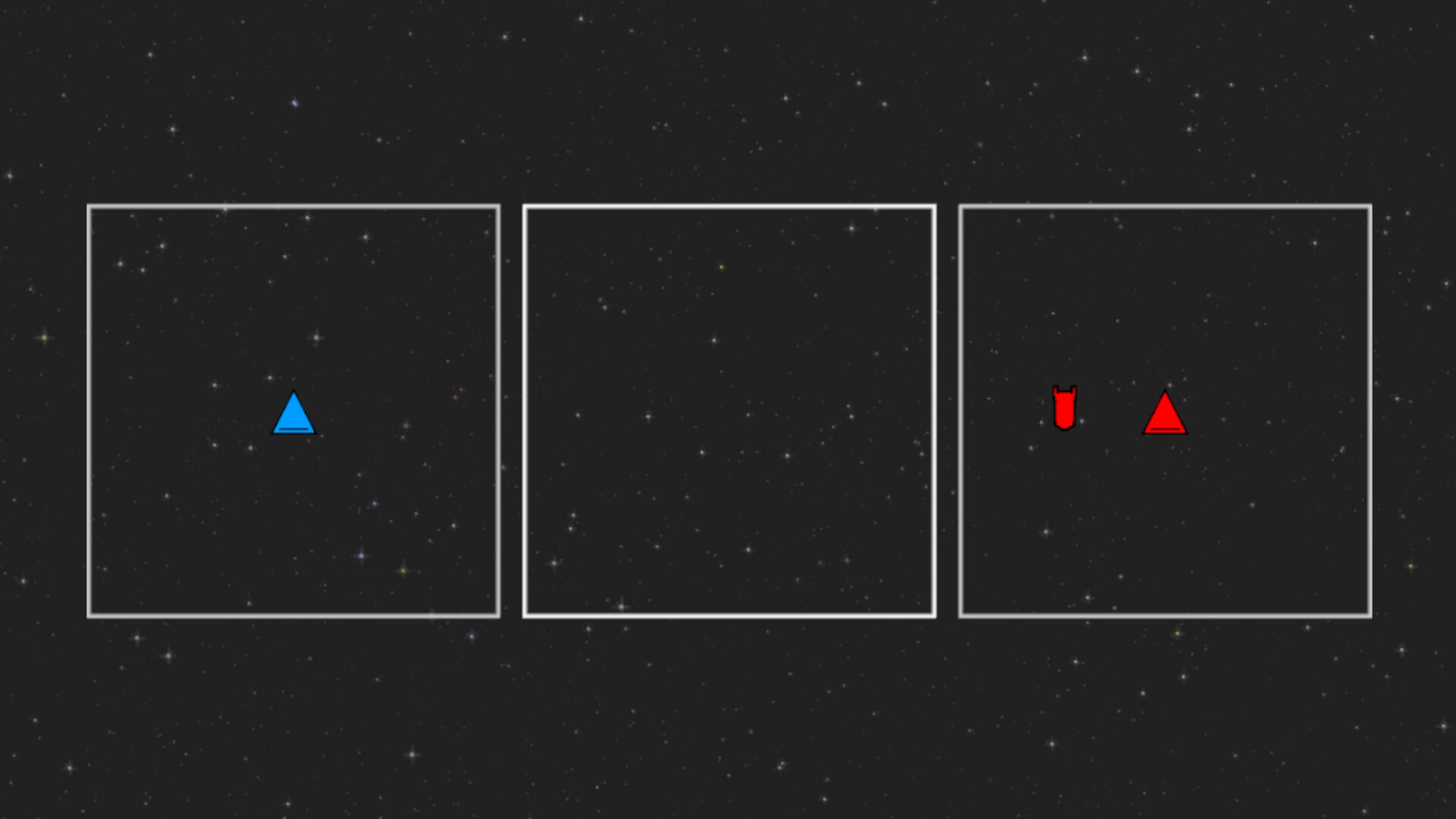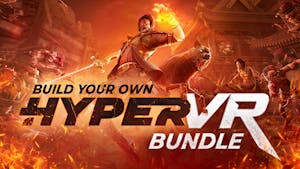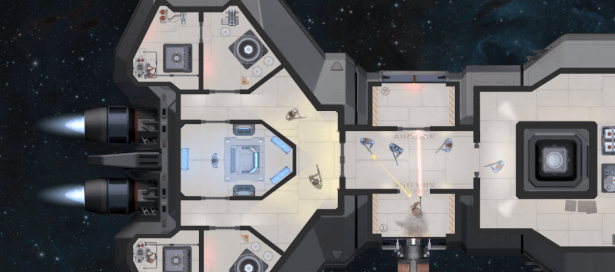
In Spaceship Commander players travel in the galaxy on own spaceships with crew. The game combines several genres: strategy, RPG and roguelike elements.

Start the journey from your space station! On the way you will meet many objects and events.
- Planets:
The planet in the game is not just a decoration. This is an interactive massive object on which player can land. Planets are divided into regions, and regions into locations: cities, military bases, forests, deserts, etc. Each planet has its own conditions - some have no oxygen, some bake in hellish heat or freeze in icy cold.
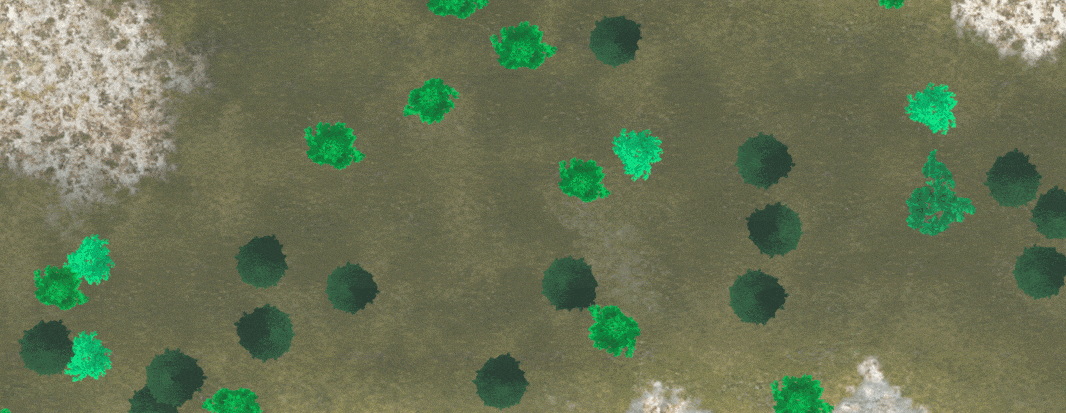
- Space:
Travel among the stars on voyages of discovery! The galaxy is separated into sectors. Sectors contain multiple star systems, and spaceships travel between them by hypergate. All the star systems in the game are not fiction. Starting sector contain elements of our own real-life galactic map, and includes Proxima, Alpha and Beta Centauri, as well as Luhman 16, and Barnard's Star.
- Ship Management:
There are several ship classes available: from small patrol ships to larger frigates and cruisers. Ships have many parameters: hull durability, mass, energy, speed, maneuverability, number of boarding capsules, etc. Each ship also has a different number of weapon slots and connections for internal modules. Be careful, because during the travel you may to lose your ship, your crew, and any resources you had stored aboard! The stakes are high. If you lose a ship, you can take same by insurance for a part of cost.
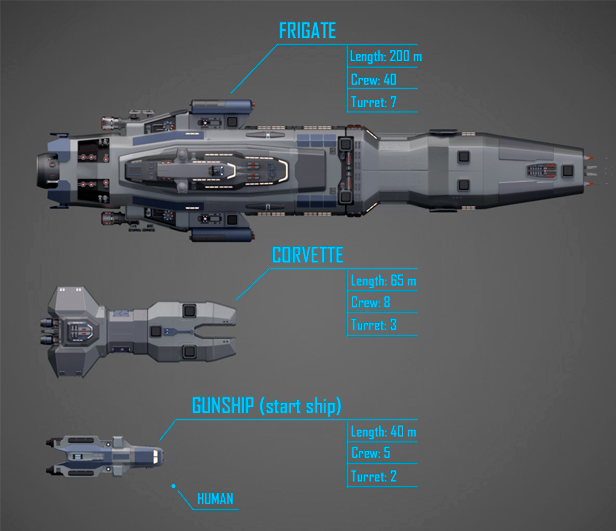
- Crew Management:
You have crew members that you can control like in strategy games. But you can also activate the manual control mode and play a single crew member. Crew members different by characteristics: survivability, equipment, resistance to airless, cold and heat. How many crew you can take on board is determined by the capacity of the ship.
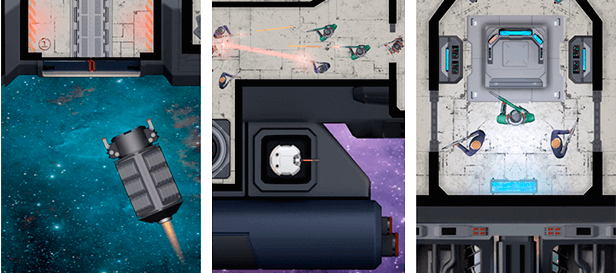
- Tactical Mode:
Watch the full situation around through to the tactical mode.
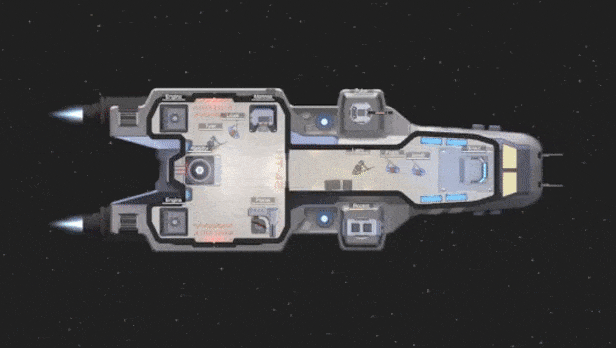
- Progress:
Your space station contains all your ships and resources, and is where your crew spends their downtime. Accumulate! Earn money by completing missions or eliminating enemies. Mine your own resources, or buy them from traders. Find hidden treasure! Upgrade to more advanced equipment, more powerful ships, and more skilled crew.
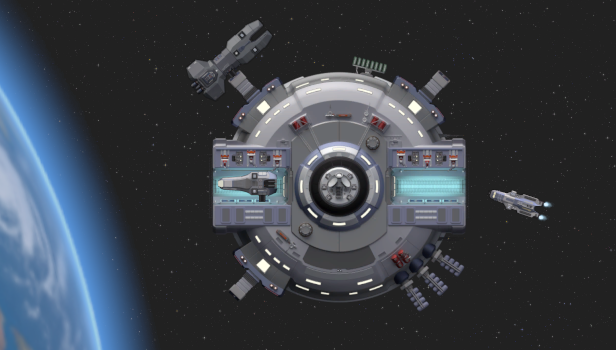
Everything is ready, Commander! Adventure awaits!
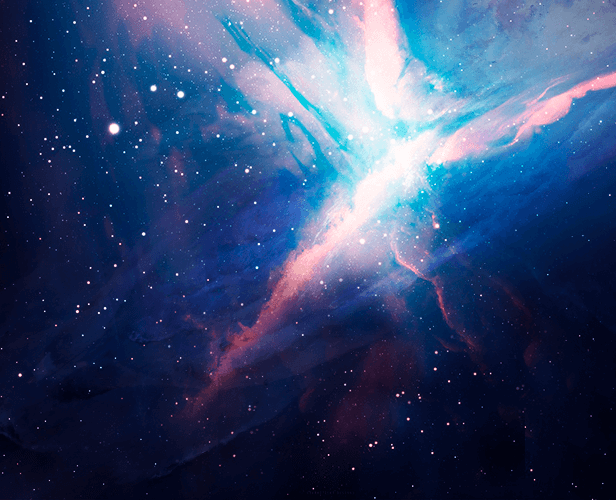
The Milky Way Galaxy is our home galaxy 
The Milky Way is a barred spiral galaxy that contains the solar system and the Earth. Most of the stars in the Galaxy are concentrated in the galactic disk with spiral arms. There are two main spiral arms in the galaxy - the Centaurus arm and the Perseus arm, and two secondary ones - the Norma arm and the Sagittarius arm. Their angle of twist is about 12. In addition to large arms, there are also smaller arms, such as the Orion arm. At the center of the Galaxy is a supermassive black hole - Sagittarius A*, whose mass is 4.3 million solar masses! Compared to other spiral galaxies, our Galaxy has a quite large mass and high luminosity. Also she's beautiful.
The diameter of the Milky Way is 105700 light years. The thickness of the Bulge is 3000 light years. The bulge is such a spheroidal densification of stars in the center of the galaxy, which has great brightness. The thickness of the disk of the galaxy is 1000 light years. The number of stars in the Milky Way is estimated at 200-400 billion pieces (and every star most likely has planets).
Structure of the galaxy. Side view to disc.
Our solar system placed in a small arm of the Milky Way called the Orion Arm. This is an area whose width is approximately 3500 light years and the length is 11000 light years. The Orion Arm crosses the Perseus Arm and then extends to the Outer Arm via the Perseus Transit. In fact, the Orion Arm here is a kind of bridge between several arms.
The Orion arm that contains the solar system
The solar system and neighboring stars (radius 10 light years). projection from above.
Perseus Transit
The Milky Way is in the Local Group of Galaxies, a gravitationally bound group of galaxies that contains the Milky Way and several other large galaxies such as the Andromeda Galaxy and the Triangulum Galaxy, as well as over 100 less massive galaxies.
The Milky Way is the second in the group in terms of size and number of stars after the Andromeda galaxy (the diameter of Andromeda is 153000 light years), but the masses of the two galaxies are comparable.
The Milky Way has more than two dozen satellite galaxies, of which the largest are the Large Magellanic Cloud (14,000 light years in diameter) and the Small Magellanic Cloud (7,000 light years in diameter).
Local Group of Galaxies
Andromeda is 2.7 million light years away from us, by the way, it also has its own "bros", it has about 20 satellite galaxies. After 4 billion years, the Milky Way and the Andromeda galaxy will collide and merge, resulting in the formation of an elliptical galaxy.
Some of the Milky Way satellite galaxies (Subgroup of the Milky Way)
The age of the Milky Way is estimated at 13.6 billion years. The Big Bang happened 13.8 billion years ago, that is, the galaxy began to form approximately 200 million years after the appearance of the Universe. It is believed that in the early Universe small dark matter halos formed from the primary density fluctuations. These objects collected the gas that filled the Universe and colliding with each other formed protogalaxies. 13 billion years ago, stars began to form in our Galaxy - until that moment it consisted entirely of gas and dark matter. The various components of the Galaxy - the bulge, halo, thin and thick disc - formed at different times in different ways.
During the formation of our Galaxy, the Universe consisted of elements that arose during the Big Bang - hydrogen, helium, their isotopes - deuterium and helium-3, and lithium-7. More heavier elements were mainly formed later in stars. Less than 4 billion years after the Big Bang the bulge was formed - star formation in it went very quickly and was completed in less than 0.5 billion years, which is why bulge stars have an excess of alpha elements compared to iron. At the same time, but over a longer period of about 12 billion years, a small number of stars formed in the halo. The disc formed later, by 4-5 billion years after the Big Bang, after which stars were formed mostly only in the disc, and a minority in the bulge. It is believed that the disc formed from the inner parts to the outer parts: in the inner parts, the characteristic duration of star formation was 2 billion years, and in the outer parts it was 10 billion years or more, which explains the gradient of metallicity of stars in the disc. The thick disc formed before the thin disc, and after the formation of the first, 8 billion years ago, star formation practically stopped for a billion years. 7 billion years ago, star formation resumed and continues at an almost unchanged pace, and stars form only in a thin disc.
The evolution of our Galaxy is influenced by the accretion of gas from outside, which compensates costs of star formation. Over the past 12 billion years, our Galaxy has not experienced mergers with other large galaxies - such a history of collisions is atypical and distinguishes the Milky Way from other galaxies. So, 11 billion years ago, the Milky Way merged with the Kraken galaxy, the mass of which was about 3% of the Milky Way mass. According to various estimates, this could be the largest merger apart from those that could have taken place in the early universe. There is also an estimate that the merger with the Gaia-Enceladus galaxy was larger and the mass of the latter was 6% of the mass of the Milky Way. It is believed that in the Milky Way there are, respectively, at least 20 globular star clusters, originally formed in these galaxies.
***
In general, the Milky Way is our home, or rather it is a big house where our smaller house lives - the Solar System. And if someday we populate it completely, then we have "nearby" almost the same galaxy - Andromeda :)
Minimum Setup
- OS: Linux
- Processor: Intel Pentium CPU G870. 3.10 GHz or AMD FX 4300. 3.60 GHzMemory: 4 GB RAM
- Memory: 4 GB RAM
- Graphics: NVIDIA GeForce GTX 560. ATI Radeon HD 6870 (or equivalent GPUs with 512 MB of video RAM)
- Storage: 3 GB available spaceAdditional Notes: Middle mouse button. mouse wheel required.
[ 6485 ]
[ 1519 ]
[ 2422 ]

